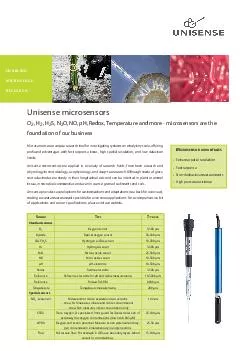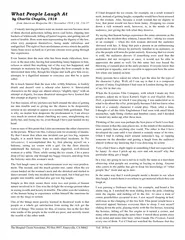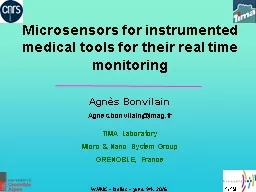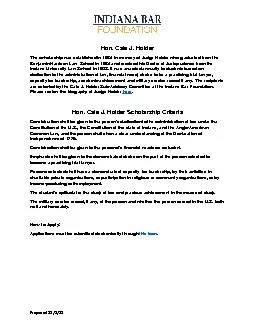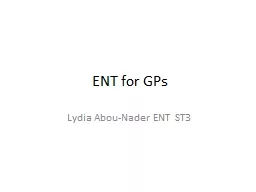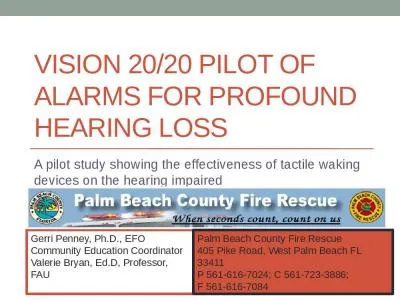PDF-SOLUTION FOR MICRO CALE MEA URE ENT Microsensors are a unique research tool for investigating
Author : lois-ondreau | Published Date : 2014-12-12
Unisense microsensors are applied in a variety of research fields from brain research and physiology to microbiology ecophysiology and deepsea research Although
Presentation Embed Code
Download Presentation
Download Presentation The PPT/PDF document "SOLUTION FOR MICRO CALE MEA URE ENT Micr..." is the property of its rightful owner. Permission is granted to download and print the materials on this website for personal, non-commercial use only, and to display it on your personal computer provided you do not modify the materials and that you retain all copyright notices contained in the materials. By downloading content from our website, you accept the terms of this agreement.
SOLUTION FOR MICRO CALE MEA URE ENT Microsensors are a unique research tool for investigating: Transcript
Download Rules Of Document
"SOLUTION FOR MICRO CALE MEA URE ENT Microsensors are a unique research tool for investigating"The content belongs to its owner. You may download and print it for personal use, without modification, and keep all copyright notices. By downloading, you agree to these terms.
Related Documents

